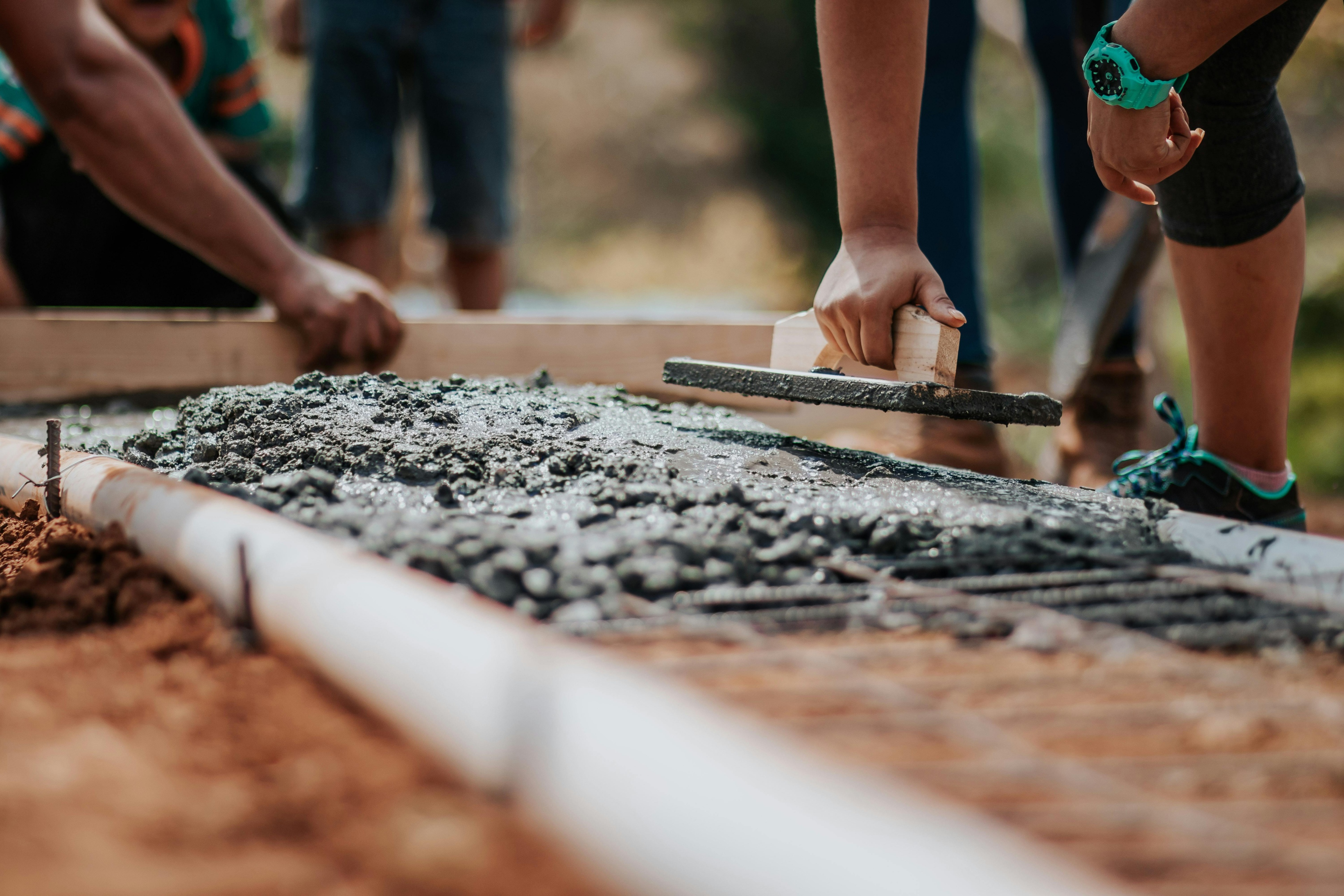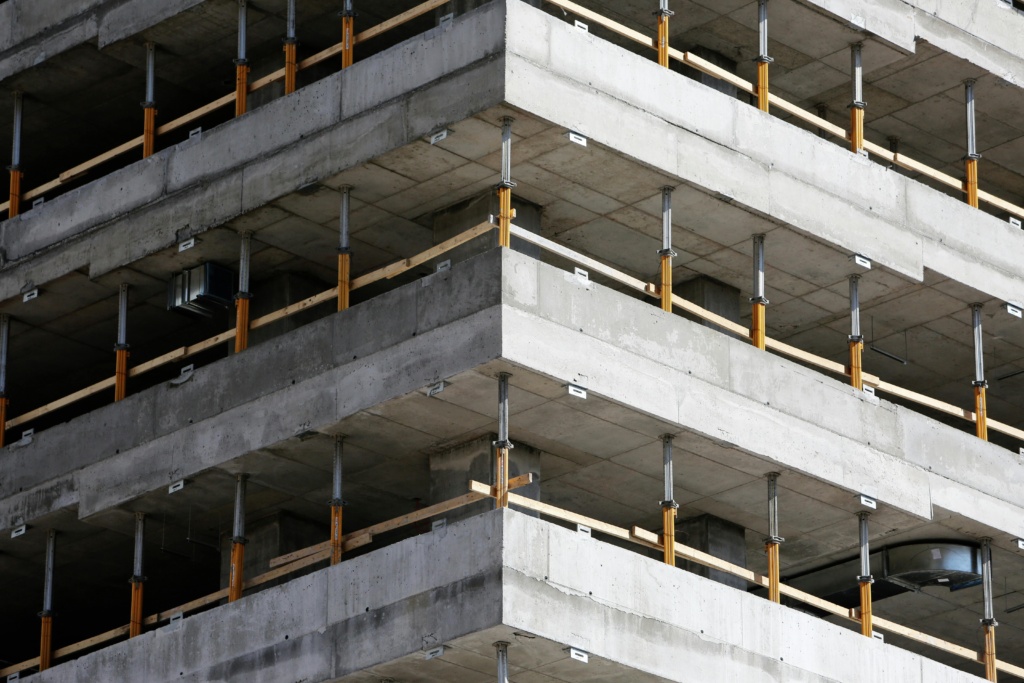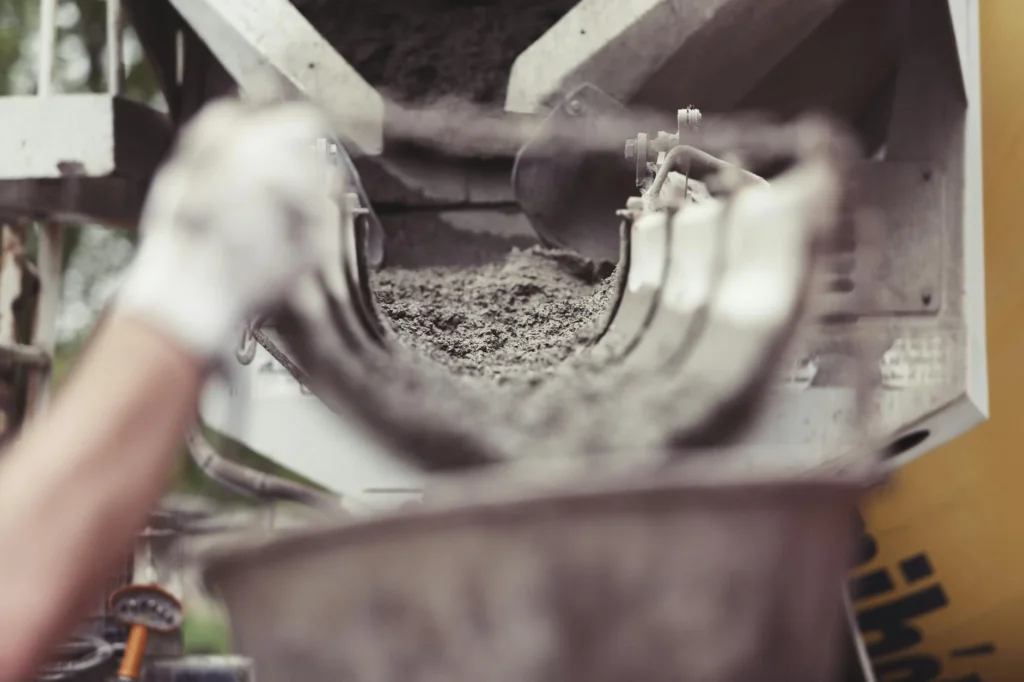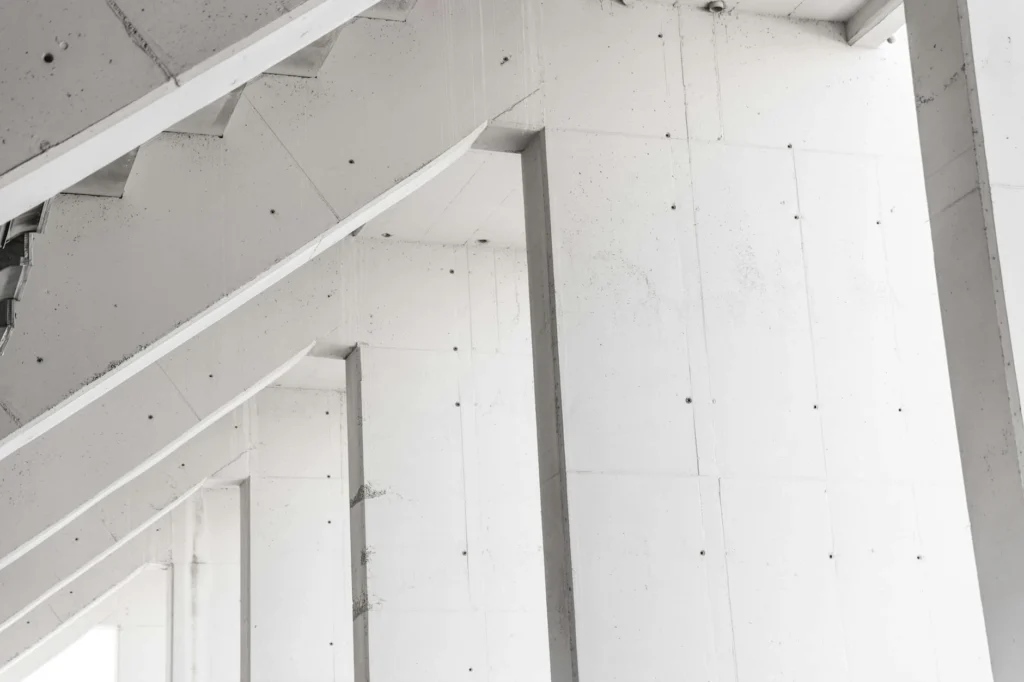Concrete is strong, but it is not immune to damage. Without protection, it can crack, erode, or allow water to seep through. This can lead to structural issues, high repair costs, and shorter lifespans for buildings and infrastructure. Knowing how to protect concrete is essential for long-term durability.
Why Protecting Concrete Is Critical
Concrete faces daily exposure to water, chemicals, temperature changes, and physical stress. These conditions can lead to:
- Cracking and surface deterioration
- Corrosion of steel reinforcement
- Loss of structural performance
- Higher maintenance and repair costs
Protecting concrete early prevents long-term problems and increases performance in harsh environments.
Key Factors That Affect Concrete Durability
Several factors influence how long concrete lasts:
- Exposure: Constant moisture, saltwater, or industrial chemicals speed up damage.
- Material quality: Poor mix design or inadequate additives reduce resistance.
- Curing process: Improper curing weakens the surface and reduces strength.
- Maintenance: Ignoring small cracks or leaks can lead to major failures.
How to Protect Concrete
Use of Concrete Sealers and Coatings
Surface sealers act as barriers. They prevent water and chemicals from entering the concrete.
Common types include:
- Acrylics – for basic water resistance
- Epoxies – for high-traffic, chemical-prone areas
- Silanes/siloxanes – for deeper penetration and longer life
These products require reapplication over time and are best for short to medium-term protection.
Integral Crystalline Waterproofing
Crystalline technology protects concrete from within. It forms microscopic crystals that block water pathways when moisture is present.
Benefits:
- Becomes part of the concrete matrix
- Self-heals microcracks up to 0.4mm
- Permanent and maintenance-free once applied
Protects from both positive and negative water pressure
Proper Construction Practices
Protection starts during construction. Best practices include:
- Curing concrete correctly to prevent shrinkage
- Sealing expansion joints and cold joints
- Installing proper drainage systems around structures
These steps help minimise future water intrusion and material stress.
Ongoing Inspection and Maintenance
Even well-protected concrete requires periodic checks. Look for:
- Hairline cracks
- Discolouration or efflorescence
- Signs of moisture inside structures
Addressing issues early prevents deeper problems and costly repairs.
Best Applications for Concrete Protection
Concrete protection is essential for:
- Basements and below-grade structures – constant groundwater exposure
- Tunnels and retaining walls – subject to hydrostatic pressure
- Water treatment plants – exposure to chemicals and waste
- Coastal structures – saltwater corrosion risks
- Commercial and industrial floors – wear, impact, and spill damage
Each use case benefits from a different protection method depending on risk and function.
How Penetron Supports Long-Term Concrete Protection
Penetron offers a range of solutions that protect concrete internally. Our products are used in infrastructure, commercial buildings, and water facilities across Australasia.
Professionals rely on Penetron for:
- High-performing crystalline waterproofing systems
- Strong technical support for project planning
- Reliable, tested solutions with proven results in real conditions
Knowing how to protect concrete is critical to extending its service life and performance. Whether for new construction or restoration, the right system can prevent damage and reduce costs.
Need a proven concrete protection method for your project? Contact Penetron for technical guidance and long-term performance.
FAQ’s
Does protected concrete still need expansion joints?
Yes. Expansion joints allow the concrete to move without cracking under stress. Even when protected, these joints are critical to managing thermal movement and load changes.
Can you protect old or damaged concrete?
Yes. Older concrete can be treated using repair mortars with crystalline additives or surface-applied systems that reactivate in the presence of moisture. This helps seal cracks and stop leaks.
What causes concrete to deteriorate in coastal environments?
Saltwater exposure increases chloride penetration, which corrodes steel reinforcement. Wind-driven moisture and sand abrasion also contribute to faster surface wear.
Are protective treatments safe for drinking water structures?
Some crystalline waterproofing products, including Penetron systems, are certified safe for use in potable water tanks and treatment facilities. Always check product certifications.
Can protective concrete treatments be used in freezing climates?
Yes. Quality treatments reduce water absorption, which helps prevent freeze-thaw damage. Crystalline systems are effective in both cold and humid environments.







